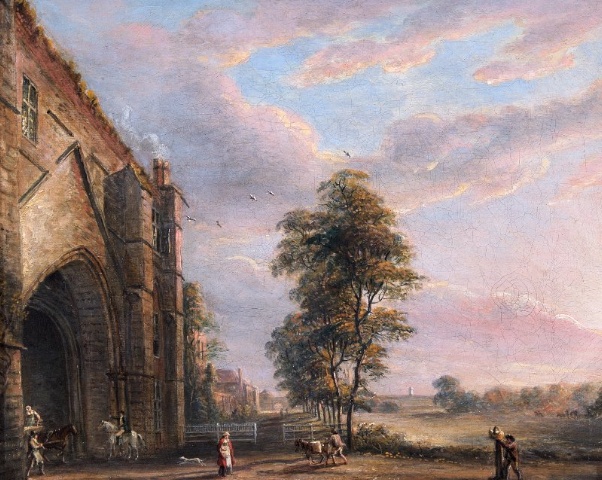
Today the Plain English guide to planning for free schools has been published by the Department for Communities & Local Government. Also published today is the Plain English guide to the planning system.
Readers interested in The Heights primary school's search for a permanent site may find it useful, as may those living near Crescent Road where the new Maiden Erlegh School in Reading is to be built (subject to planning).
The new primary free school (provisionally called the "Civitas Academy) in Hodsoll Road has just finished the process, having been given planning permission at last month's (December) Planning Applications Committee.
The guide does not contain new legislation, it simply sets out an overview of current planning legislation in plain English.
This
includes, for example, that each local authority is required to plan to meet current
and future needs for school provision as part of preparing a Local Plan for
their area. The most relevant section
for residents interested in the planning process relating to The Heights, the following is an extract from the guide:
Obtaining
planning permission
A
planning application for a new free school will not be submitted by the Education
Funding Agency on behalf of the free school trust until after the free school
group’s application to be a free school has been approved by the Department for
Education.
A
planning application may be required for the change of use of an existing building
and for alterations or extensions to the building as well as for 6 construction
of a new building. Full details of what is involved in the submission of a
planning application can be found on the Planning Portal and your local
planning authority’s website. (See Annex A for an overview of the planning
process).
Where
a planning application is required, the local planning authority is generally
responsible for making a decision on the proposal in the first instance.
Parties are encouraged to speak with the local planning authority about the
proposal at an early stage and in the case of free schools the Education
Funding Agency will ensure this happens.
The
Policy Statement makes clear that local planning authorities should work
positively and collaboratively. This includes engaging with pre-application discussions,
and ensuring that information requested to support the application is necessary
and proportionate.
A
local planning authority usually has up to thirteen weeks to make a decision on
the planning application for a free school. This is reduced to 8 weeks for
planning applications for minor development, such as the erection of a small
building. Some small buildings or extensions benefit from a permitted
development right (see paragraph 38 below).
Generally,
once planning permission is granted, development must be started within three
years. If work has not started by then, the applicant will probably need to
reapply. For a change of use conversion the work must have completed within
three years.
The
National Planning Policy Framework places emphasis on the need for local
planning authorities to approach decision-taking in a positive way to support
the delivery of sustainable development. The Policy Statement supports this by
making clear that there should be a presumption in favour of schools. It is
expected that any refusal of planning permission for a free school should be
clearly and robustly evidenced.
Any
planning application must be determined in accordance with the development plan
(Local and neighbourhood plans and, where relevant, the London Plan) unless
other material considerations indicate otherwise.
Many
issues are capable of being material considerations but in broad terms should
relate to the use and development of land. As a general principle, the planning
system considers what is in the public interest and matters that affect solely
private interests are not usually material considerations in planning decisions.
However, each application is considered on its merits.
Local
planning authorities can consider whether proposed development could be made
acceptable through the use of conditions or a planning obligation attached to a
planning permission. Any planning conditions including those imposed on the
planning permission for a free school will need to be clearly and robustly evidenced,
and should only be those 7 absolutely necessary to make the development
acceptable in planning terms.
Section
106 of the Town and Country Planning Act 1990 enables a local planning
authority to enter into a legal agreement (known as a “planning obligation” or
“Section 106 agreement”) with a developer to secure contributions towards the
provision of community facilities, infrastructure or services that are required
to make a proposed development acceptable.



